EcoCreate main resource page

The Eco-Create Resource
Welcome to the Eco-Create resource!
This is a project designed to explore what “your environment” means to you, not only as something we have to take care of, but something we already care about!
This resource will guide you through your “place” – the area and environment around your home – and rediscover it in a new light.
We’ll be using a variety of activities to explore different ways we think of our environment, and can serve as a starting place to create a performance. These take from very specific ideas and theories, but the instructions have been left broad for you to use whatever medium, style, or materials you’d like. So you can get creative with your responses, or follow our examples if you need a little help.
Thank you once again for participating in Eco-Create. We’re so excited for you to join us on this journey!
Day One – Redefining Environmentalism
“Environmentalism” is typically used to mean how we can lead more eco-friendly lives, but let’s broaden this definition! Can you recognise the different ways the “environment” exists around you?
Discussion
We can think of the environment in two ways. As an abstract concept of “environmentalism” and conservation, or as a physical environment and the space around us.
These definitions coexist. The abstract ways we collectively think about and connect to the environment can manifest through physical objects, places, and experiences. Similarly, the physical environment is a system of connected objects that reflect the larger concept. In this sense, our local place is a scaled-down snapshot of the wider “environment”.
So rather than tackling the larger phenomenon, observing our place helps to break the environment down into tangible parts that we can carefully examine and create from.
Activity
Go out into the area around your home
Explore and record the places around you. What features stick out to you? How do you interact with the space? Is there anything you notice that you’d usually ignore?
Use the space as much as you can
Take some time to pay attention to each of your five senses. How would you describe this place to someone else?
You could even try to move around in the space differently than you normally would! What’s the best hiding spot you can find for hide-and-seek? How many ways can you sit on a park bench?
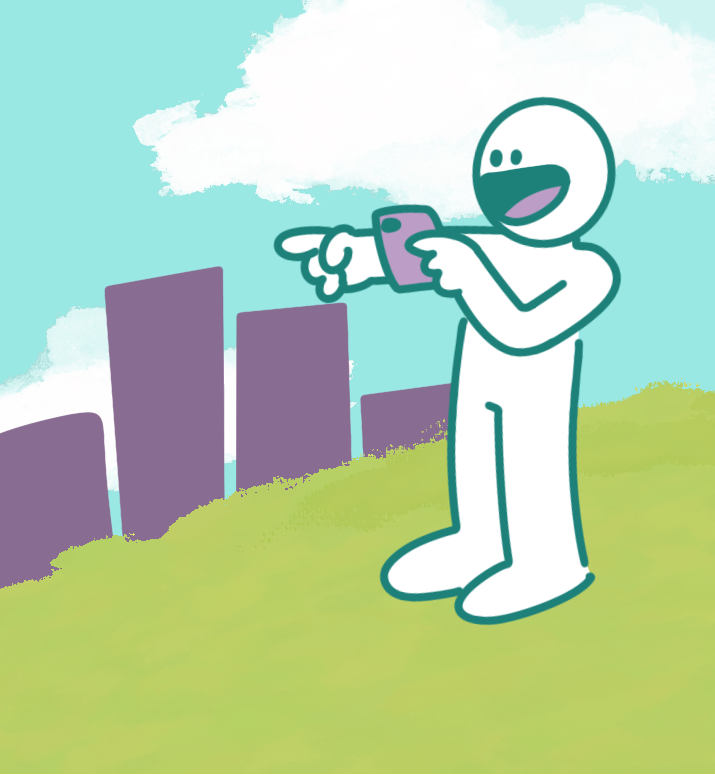
Things to consider...
Is there a typical way to behave in this space?
What features of your place are you drawn to? What do you avoid?
Can you divide your home area into smaller sub-spaces?
Day Two – Redefining Environmentalism
Before we can take a closer look at our environment, we should understand “what” our environment is. What is the place that you want to create with? What about it can we draw from?
Discussion
Our place is not only made up of physical objects, but also experiences and behaviours in that space.
Think of the environment as a system of objects. These objects are connected both physically (being grouped in the space) and through experience (how they’re used or thought of collectively). We draw these connections by being in the space, interacting with it, and creating our own perceptions of it. By this definition, our environment is realised through what we perceive it to be.
Today’s activity asks you to recreate your place from your perspective, and identify your direct connections to it.
Activity
Re-create your home area
Reimagine your place the way you experience it. Try different mediums or use different senses to display your place. What are the important landmarks? What features make your place recognisable? A third question here.
Get creative with how you represent your place!
Try to capture features of your place beyond just a physical recreation. There are many aspects of this place you can represent, such as how you feel about different areas, what places or paths you go through often, or what memories you might have.
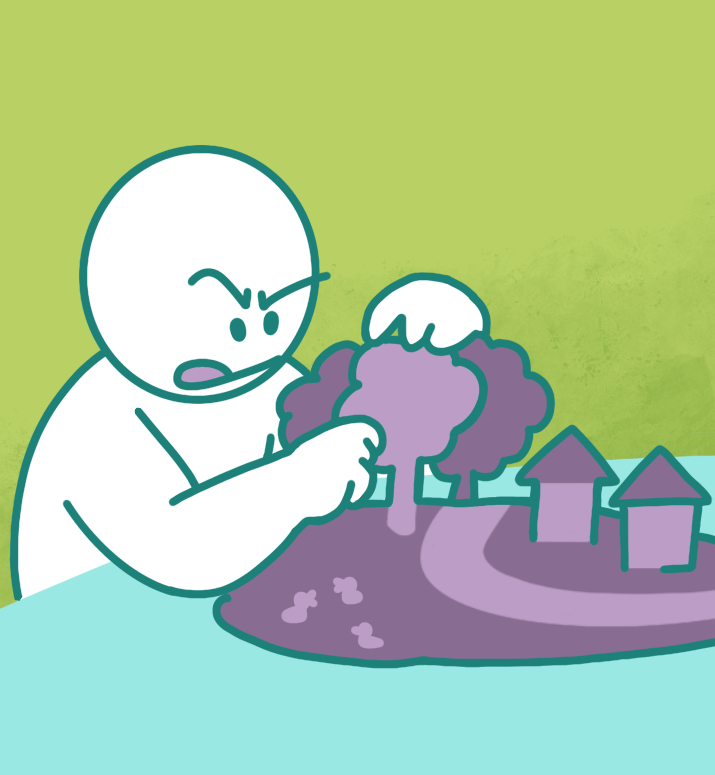
Things to consider...
What locations are important enough to recreate?
How are these places connected?
What in your home area would you point out to someone on a tour?
Day Three – Functional Attachment
Our environments are made up of many parts that are each there for a reason. Pay attention to what purpose the things around you are serving, and how interacting with the space affects you.
Discussion
Functional Attachment, for our purposes, refers to how we draw connections and grow attached to our place as we use it.
The objects, facilities, and spaces in our home area all serve a function. For example, having seating can make people want to stay in a place for longer. No matter if we choose to sit or walk past the seats, our environment is made for us to respond to. In return, by responding to and interacting with the environment, we become connected to it.
We can analyse the visible features of our environment to determine the purposes they serve, and consequently our functional attachments to the place.
Activity
Spot the details around you
Imagine you’re an expert of your home area. Find a detail in your place, and try to explain why it is the way it is. Think of this detail as a clue to a larger story, real or fake!
Share this story with a friend or a family member! You could do it through a speech, a drawing, or an interpretive dance if you want! Who says explanations have to be formal?
Sharing the atmosphere here
Think about how you would present this space. Who would use this place? Why is it the way that it is? What makes this so interesting? And most importantly, how can you encapsulate these details?
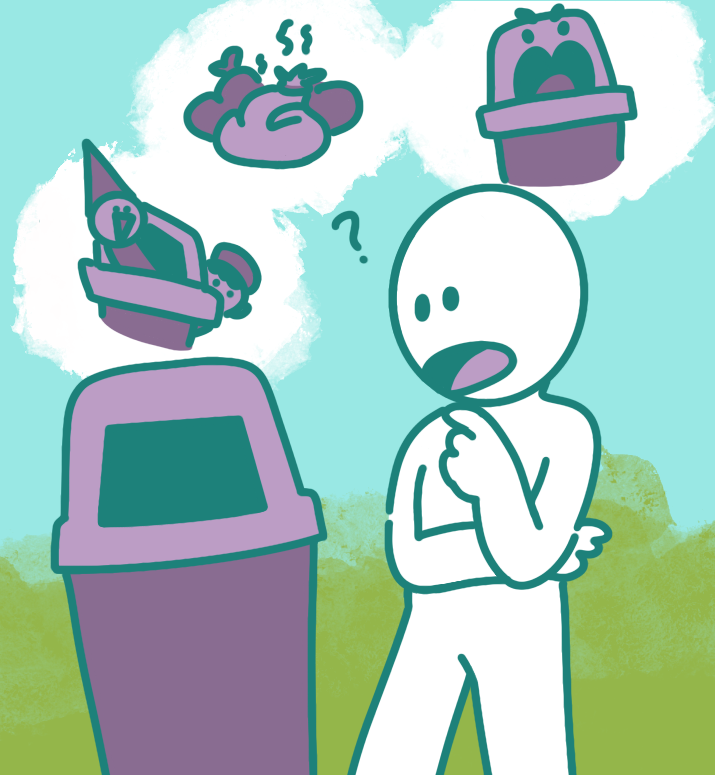
Things to consider...
Do you know the real purpose of these features? How obvious are they?
Are you leaning towards real or made-up stories?
What features can you more easily draw inspiration from?
Day Four – Experience Attachment
We often have an emotional connection to our place (both good and bad). The memories and feelings we have in this place affect how we see ourselves and how we connect with the environment.
Discussion
Today’s topic refers to our lived experiences in our home area. Activities you do, routines you follow, and sensations you encounter in your place.
We often take for granted the daily experiences we have in our home area, but consider how you benefit from the space by using it. Our home places give us many opportunities for interaction, and from that interaction, you’re gaining something from that space. Even if it’s something as simple as completing a task or enjoying the atmosphere, these routine and remembered experiences become tied to this place.
As such, our most mundane experiences can be crucial to connecting back to our environment.
Activity
Choose a memory set in your home area
The memory doesn’t have to be important, but it should be tied to this place.
Now, pick a different place in your home area and try to re-enact the memory. Does the space allow you to repeat the same actions? What sort of new sensations do you feel? Do you experience the same sentiment in those events in this new space?
Comparing different memories
If you do this with more than one memory, you could start to combine them into a new routine. What actions repeat? Which ones change completely when you've changed its context? Can you perform the movements in a different order?
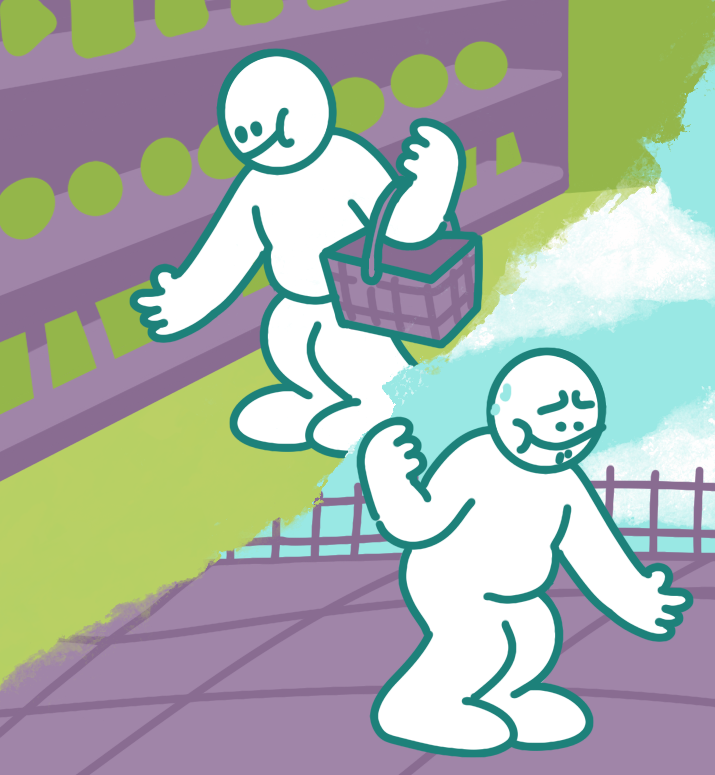
Things to consider...
Try to make note of any external or internal differences you experience.
Are you conscious of your routines in these places?
When performing memories in a new context, do you "miss" anything from the original space?
Day Five – Community Attachment
Our place is not only filled with objects and locations… It’s filled with people too! The people we see in day-to-day life can pull us closer to (or push us away from) this place. Who connects you to your environment?
Discussion
Making connections with people is a very natural thing to do. So when those people are associated with a place, we can consequently become attached to that place.
Whether our relationships are positive or negative, the bonds we build with people can push us away or bring us closer to them. You might have a shop you go to more because the cashier is nice to you, or conversely avoid if they were mean. People help to create the atmosphere, the environment, of the places we live in.
By understanding how the people around us perceive this environment, we’re growing our understanding of both the people we’re drawn to and the places we share.
Activity
Seeing through someone else’s perspective
Now’s the time to start co-creating. Can you interview someone from your place to make a script? Maybe try an activity with a loved one and see what they do differently. We can learn a lot by putting ourselves in someone else’s shoes.
What if there’s no-one to talk to?
Sometimes it’s hard to make time with other people, but that doesn’t have to stop you! You can get started by imagining what your place would look like if you were someone else.
You could even create from the perspective of something that doesn’t exist. What would this place be like if you were a giant? A ghost? Your pet dog? A stranger getting lost here? The possibilities are endless!
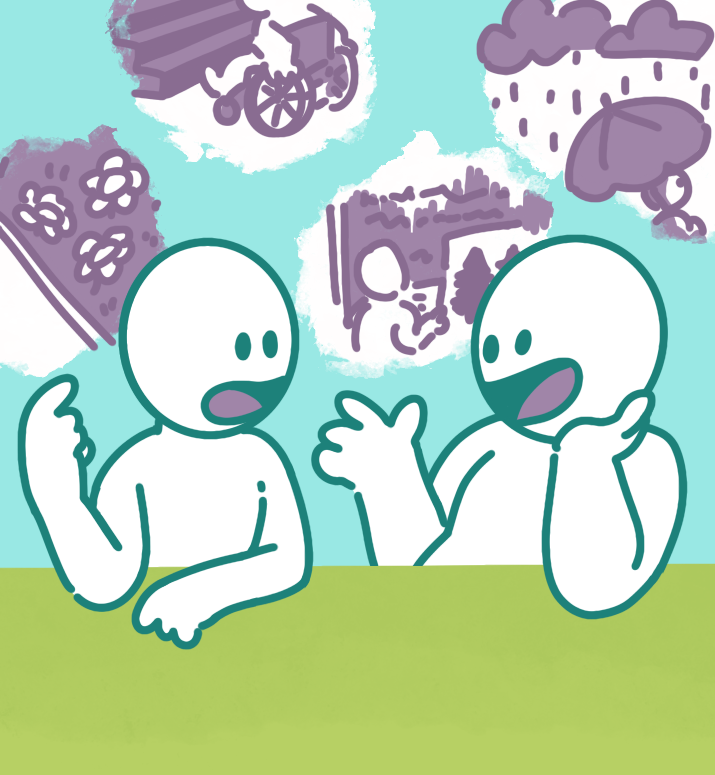
Things to consider...
Is there anything other people notice about your place that you didn't?
Has this changed how you experience your home area?
Are any of their traits or values evident in their viewpoints? What about yours?
Day Six – Reciprocating the Relationship
The resource has been dedicated to recreating the image of the area, reimagining it in many different ways. Today, let’s bring ourselves back into the picture. How do you exist in this place?
Discussion
Let’s represent the environment with a group of people moving in one direction. Whether you follow the crowd or walk to one side to let them through, you’ve interacted with them. As a result, the flow of people might get disrupted or be encouraged to move faster.
Similarly, by being in your place, finding new ways to create from it, or merely observing it, you’ve affected what the environment is and what it’s used for. In this sense, the environment is responding to you.
In the same way that we might change how we act when entering different areas, our can environment also change for us (whether those changes are real or perceived).
Activity
Create a performance that can only exist here
Take notice of the spaces your place is made of. Is there any way you behave or feel that you only do here? Try to focus on these features of yourself, and magnify them. What kind of character can you shape yourself to “fit” into this space, like a puzzle piece?
You could even do this without “performing” it. Could you design an installation that can only fit into this place? A soundscape that camouflages with the sounds here?
Changing between spaces
If we break down our place into parts, we might notice the features we want to exaggerate change between spaces! The way we walk in an open area is different from how we walk when it’s more crowded. Try doing this same exercise in different places, or even link your creations together to show the full spectrum.
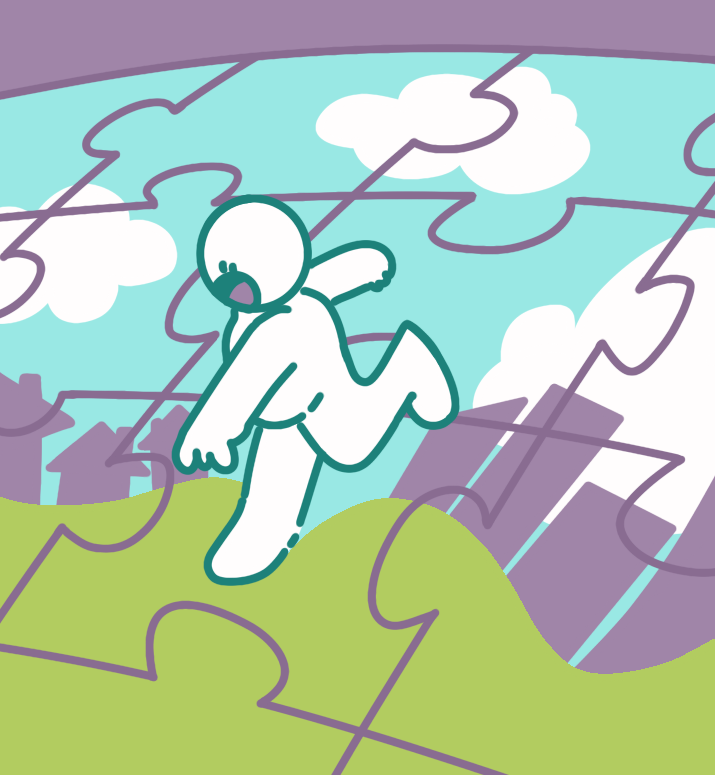
Things to consider...
Do you behave differently when you’re paying attention to yourself?
Is your creation made to stand out or fit in? How can it become the other?
How can you adapt your material into a new space?
Day Seven – Redefining Sustainability
Each of our previous activities has asked you to look at your home area from a different perspective. Through these perspectives, we have identified what we want to sustain now, so what should it look like in the future?
Discussion
Throughout this resource, we’ve created the building blocks to characterise our “home space” and ourselves as its inhabitants. Think of these blocks as the things in our environment that we want to “sustain”.
Ranging from global phenomena to local community attitudes, our environment will naturally change. However, even with these changes, there are elements, features, and values that stay consistent. These collective elements are the core of our home place. They're what we attach ourselves to, and something worth preserving.
The activities in this resource should help you reimagine your place, creating new images of what it encapsulates. Through these images, we can draw out the core values of our place.
Activity
Putting it all together
Review the materials you have created so far and let’s combine them into something that represents you and your ‘environment.’
This could be a performance, an art piece, or even a routine you make a part of your daily life. This final creation should be an image that encapsulates what about your place is worth sustaining, and how you can preserve it.
What connects your creations together?
Look for common themes in your material. Why does this place matter to you? How do you preserve it? Can you preserve it?
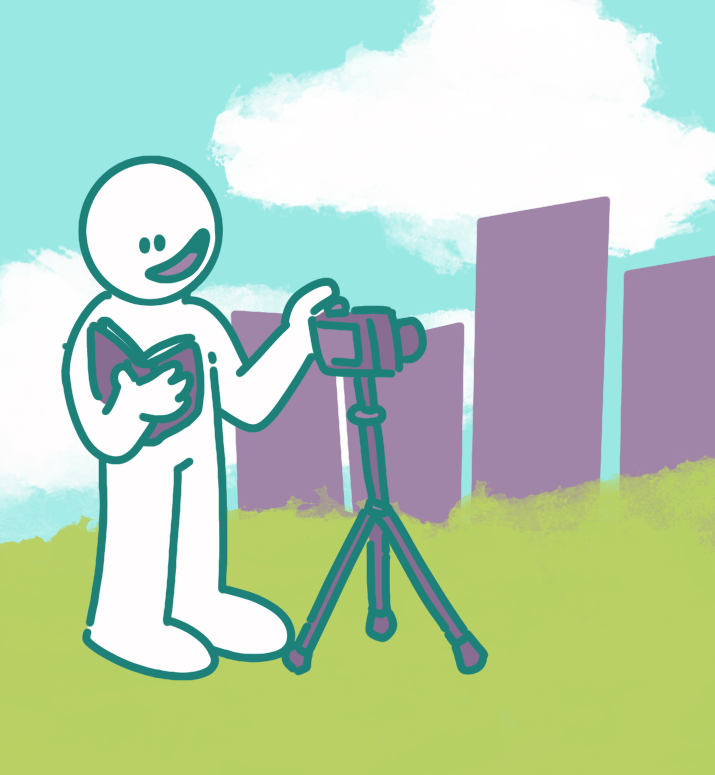
Things to consider...
Think of today as a call to action. What do you want to preserve in your place? How can you do it?
Do your creations reflect your own values, needs, or wants?
How do all the previous tasks play into this idea of “sustaining”?
